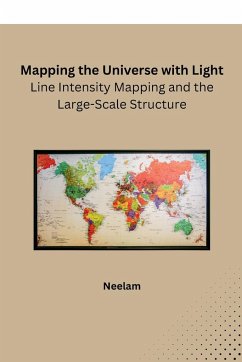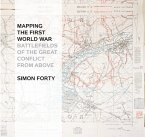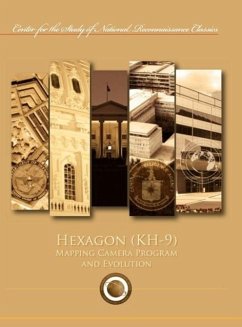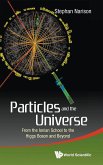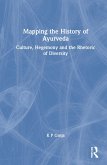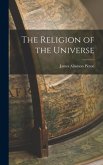Light is a powerful tool for exploring the universe. By studying the light from distant galaxies, astronomers can learn about their composition, structure, and evolution. They can also use light to map the large-scale structure of the universe, which is the distribution of matter on scales larger than individual galaxies. One promising new technique for mapping the large-scale structure is called line intensity mapping (LIM). LIM involves measuring the intensity of light emitted at specific wavelengths, which correspond to specific elements and molecules. This light is emitted by galaxies and other objects throughout the universe, and by measuring its intensity at different locations, astronomers can create maps of the distribution of matter. LIM has a number of advantages over traditional methods of mapping the large-scale structure, such as galaxy surveys. First, LIM is more efficient, as it can be used to map large volumes of space without having to resolve individual galaxies. Second, LIM is more sensitive to faint light, which means that it can be used to map regions of the universe that are difficult to study with other methods.

